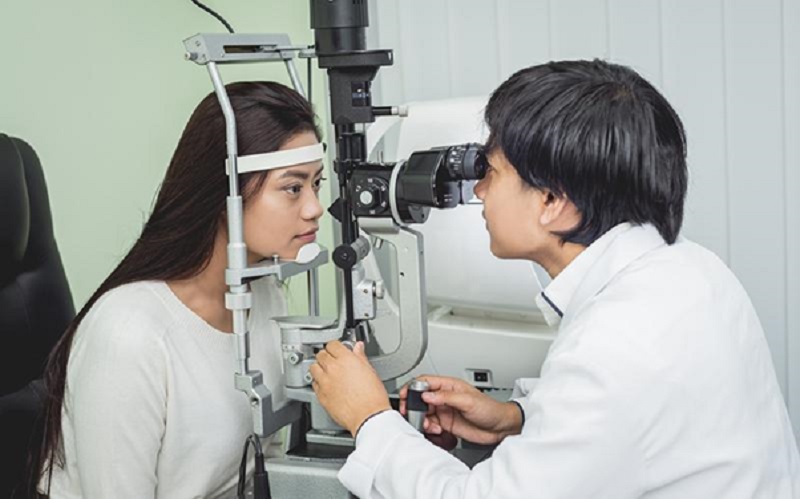
Blurry vision is a common experience after cataract surgery, especially in the first few days when the eye is adjusting to the new lens and recovering from the procedure. While many patients expect an immediate improvement, the reality is that clarity often returns gradually. Identifying whether the blurriness is part of standard healing or a sign of complication is essential, as timely intervention prevents long-term issues.
Learn how to assess post-operative vision changes and when to seek further medical review.
Normal Post-Surgery Blurriness and Healing Patterns
Most patients experience blurry vision in the early recovery phase due to corneal swelling, residual inflammation, and the brain adapting to the artificial lens. Mild sensitivity to light, slight discomfort, and fluctuations in clarity are typical. Eye drops prescribed after surgery help control inflammation and reduce the risk of infection, contributing to gradual improvement. Vision usually stabilises over days to weeks, with noticeable gains in the first week. Dry eyes may also contribute to intermittent haziness as the tear film adjusts after the procedure. These symptoms, in most cases, lessen without additional intervention as long as post-operative care guidelines are followed.
Another normal cause of temporary blurriness is the presence of residual refractive error. Even with precise lens calculations, some patients may require spectacles for optimal clarity. The eye specialist typically checks refractive stability during follow-up appointments before prescribing corrective lenses. Floaters may also appear more noticeable after surgery due to increased visual clarity, and while they may be distracting, they are usually harmless unless accompanied by sudden increases or light flashes.
Signs That Suggest a Complication
While temporary blurriness often resolves, specific symptoms may indicate complications that need prompt assessment. Sudden worsening of vision, severe pain, persistent redness, or increasing light sensitivity may signal infection or inflammation beyond the normal healing process. Endophthalmitis, though rare, is a serious infection requiring urgent treatment. Similarly, if vision is improving but becomes progressively cloudy, posterior capsule opacification may be developing. This condition occurs when the capsule behind the lens becomes cloudy and typically appears weeks to months after surgery. It is treatable with a laser procedure, but early evaluation ensures accurate diagnosis.
Other complications to be aware of include elevated intraocular pressure, which may cause eye pain and blurred sight. Retinal detachment, though uncommon, presents with sudden floaters, flashes of light, or a curtain-like shadow across the field of vision. Persistent distortion, double vision, or significant glare and halos may reflect improper lens positioning or refractive issues requiring correction. These cases need specialist review to determine whether additional procedures, medication adjustments, or further surgery are necessary.
When to Seek Medical Review
Even patients who expect standard healing after their cataract surgery should not ignore concerning changes. Immediate consultation is necessary when vision worsens rather than improves, or when blurriness is accompanied by intense pain, nausea, or rapid onset of floaters and flashing lights. Post-operative follow-up visits are designed to detect early signs of complications, making attendance essential. Patients with pre-existing conditions such as diabetes or glaucoma should be particularly vigilant, as they may have higher risks of delayed healing or additional eye pressure changes.
Maintaining Proper Post-Surgery Eye Care
Adhering to post-operative instructions supports recovery and reduces the risk of long-term blurriness. Using prescribed eye drops as directed, avoiding rubbing the eye, and protecting the eye from contaminants and impact are standard precautions. It is also advisable to avoid heavy lifting and strenuous activities during the early period after surgery. Reporting unusual symptoms immediately rather than waiting for scheduled check-ups ensures timely intervention when needed.
Conclusion
Distinguishing between normal healing-related blurry vision and post-operative complications after cataract surgery requires awareness of expected recovery patterns and warning signs. Mild haziness, fluctuating clarity, and gradual improvement are typical, whereas worsening symptoms, pain, and sudden visual disturbances demand prompt medical attention. Taking a proactive approach and attending all follow-up appointments ensures a safe recovery and stable long-term vision.
Contact the National University Hospital (NUH) to discuss your eye symptoms and arrange a follow-up consultation.







